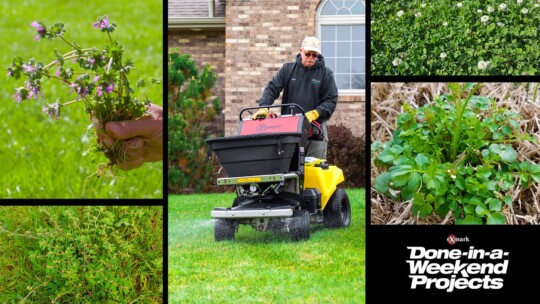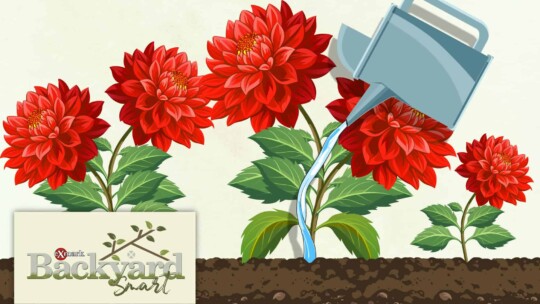Store-bought plants can be incredibly temping—especially since they’re already on the path to being fully-grown. However, growing plants from seeds is cheaper, just as easy, and much more rewarding! Following these tips from this Backyard Smart episode will put you on well your way to growing a need for seed.
The Benefits of Growing from Seeds
There are numerous benefits of growing your plants from seeds. For starters, it’s incredibly easy! All it takes is some soil, just enough water, and a lot of sunshine—then nature will care for the rest. Even better, you’ll be able to plant a wider variety of flowers and veggies. Virtually every hardware store and nursery sells an array of different kinds of seeds for dirt cheap. You can buy multiple packs for as much as it would cost to buy a single starter plant.
Many times, starter plants will have been in their pots and containers for too long—which can stunt growth and limit your potential harvest. By growing from seeds, you can let your plant roots grow free. Best of all, growing plants from seeds is rewarding and fulfilling. You get the satisfaction of a job well done—and the added bonus from eating foods that you grew yourself.
Picking Your Plants
Nearly every hardware store and nursery has entire racks devoted to seeds. You’re able to choose from hundreds of plants that typically aren’t sold as starters, giving you a literal “garden variety” that you’ve only ever dreamed of.
Every packet gives you the need-to-know for starting the seeds properly, too. They will include a general plant description, growing habits and height, and spread measurements. They also provide planting directions, the best growing conditions, the watering rate, and the time of year the seeds need to go to ground. Always refer to the packet to see if you live in the appropriate climate and if it’s the right time of year to plant!
Growing Your Seeds
Buying seeds is useless without knowing how to grow plants from seeds. As already mentioned, the planting process is no sweat at all.
Start with some healthy, nutrient-rich soil and plant your seeds at a depth approximately two or three times their width. Make sure they’re located in a place that receives ample sunshine—as the light and warmth will help them flourish. From there, water wisely! For the best growing results, make sure the soil is consistently moist (but not over-wet). You can use fertilizer, but sparingly—feed your growing plants a little bit every four weeks.
Rinse and repeat these steps to help your plants grow strong! You’ll have a garden full of beautiful flowers or a plate full of tasty veggies in no time at all.
Get backyard smart and find the answers to the lawn-and-garden questions homeowners are looking for: https://backyard.exmark.com/tag/backyard-smart/



